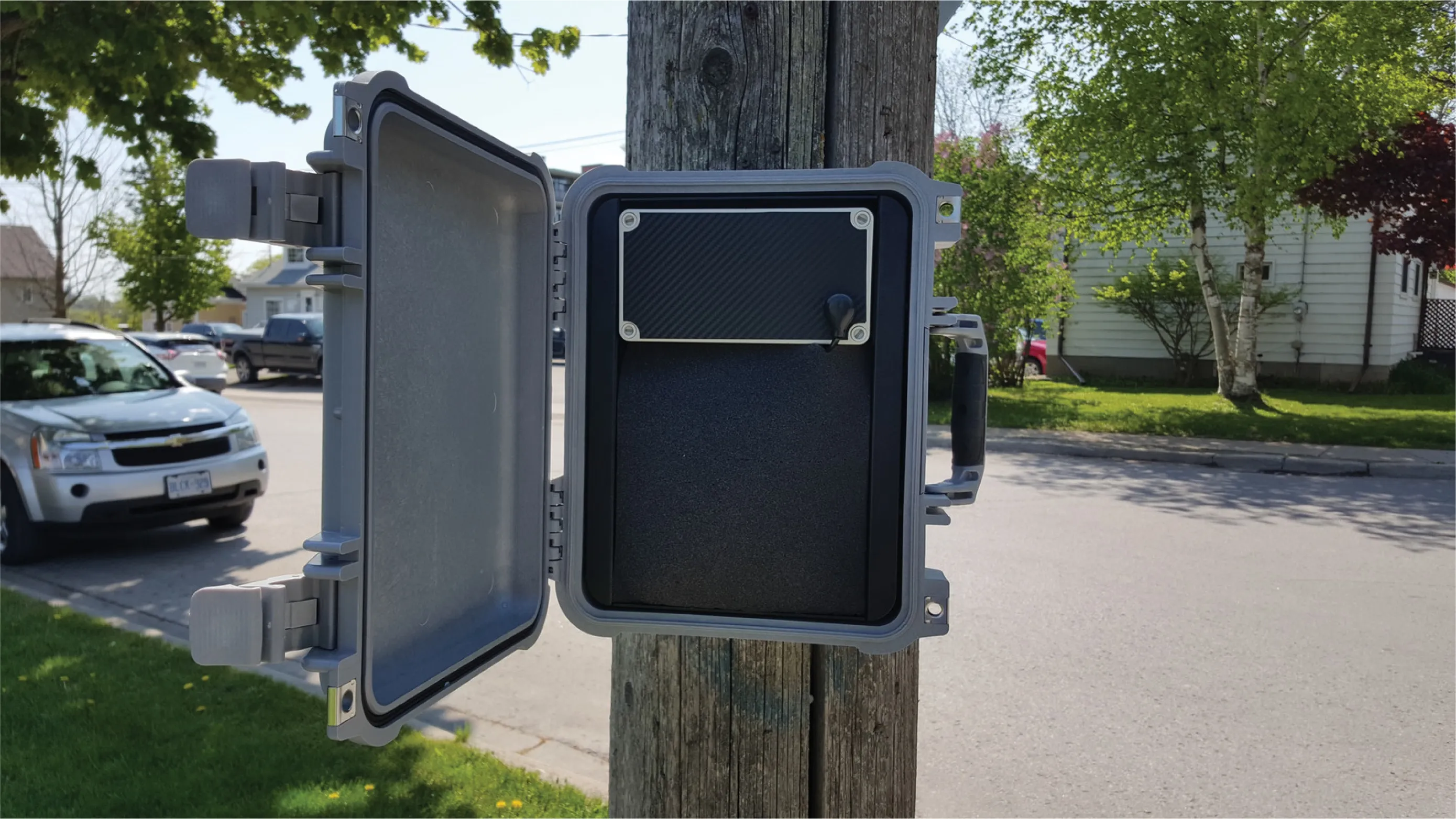Aéroports de Paris (AdP) has completed its road simulation model of the airport area of Paris-Charles de Gaulle Airport. The hybrid model has been built using Aimsun traffic modelling software, and comprises a large-area mesoscopic model dotted with pockets of simultaneous microscopic simulation wherever more detail is necessary. Aéroports de Paris commissioned the project as part of the “Airport City” concept, with CDVIA as the main provider. The model of Paris-Charles de Gaulle Airport covers over 240 kil
February 24, 2015
Read time: 2 mins

Aéroports de Paris (AdP) has completed its road simulation model of the airport area of Paris-Charles de Gaulle Airport. The hybrid model has been built using 16 Aimsun traffic modelling software, and comprises a large-area mesoscopic model dotted with pockets of simultaneous microscopic simulation wherever more detail is necessary. Aéroports de Paris commissioned the project as part of the “Airport City” concept, with CDVIA as the main provider.
The model of Paris-Charles de Gaulle Airport covers over 240 kilometres of roads, 600 junctions, 64 bus lines, 100 bus stops and 190 centroids. Automated actions and origin/destination statements previously calibrated helped to provide effective timing in the morning rush hour and evening traffic. In addition, AdP is using the model results to evaluate solutions to non-recurring on-site traffic problems. However, the tool will be subject to audit.
According to the project head, Dominique Derouard and technical facilitator, Zakarya Bouazzaoui, Aéroports de Paris intends to strengthen the tool with innovative devices to evaluate the potential gains from the implementation of an intelligent real-time traffic management solution.
The model of Paris-Charles de Gaulle Airport covers over 240 kilometres of roads, 600 junctions, 64 bus lines, 100 bus stops and 190 centroids. Automated actions and origin/destination statements previously calibrated helped to provide effective timing in the morning rush hour and evening traffic. In addition, AdP is using the model results to evaluate solutions to non-recurring on-site traffic problems. However, the tool will be subject to audit.
According to the project head, Dominique Derouard and technical facilitator, Zakarya Bouazzaoui, Aéroports de Paris intends to strengthen the tool with innovative devices to evaluate the potential gains from the implementation of an intelligent real-time traffic management solution.









